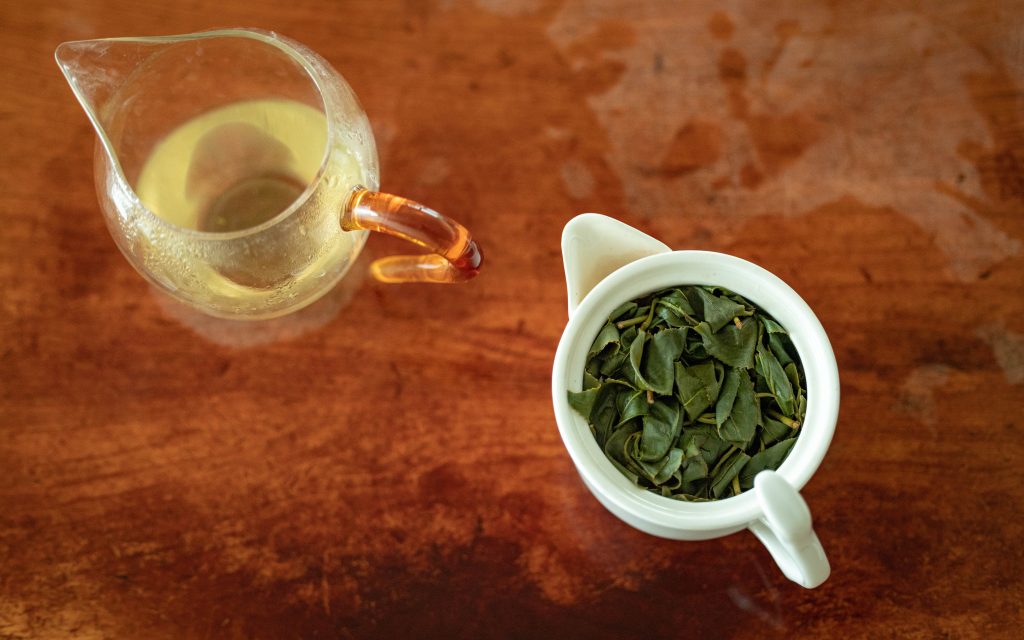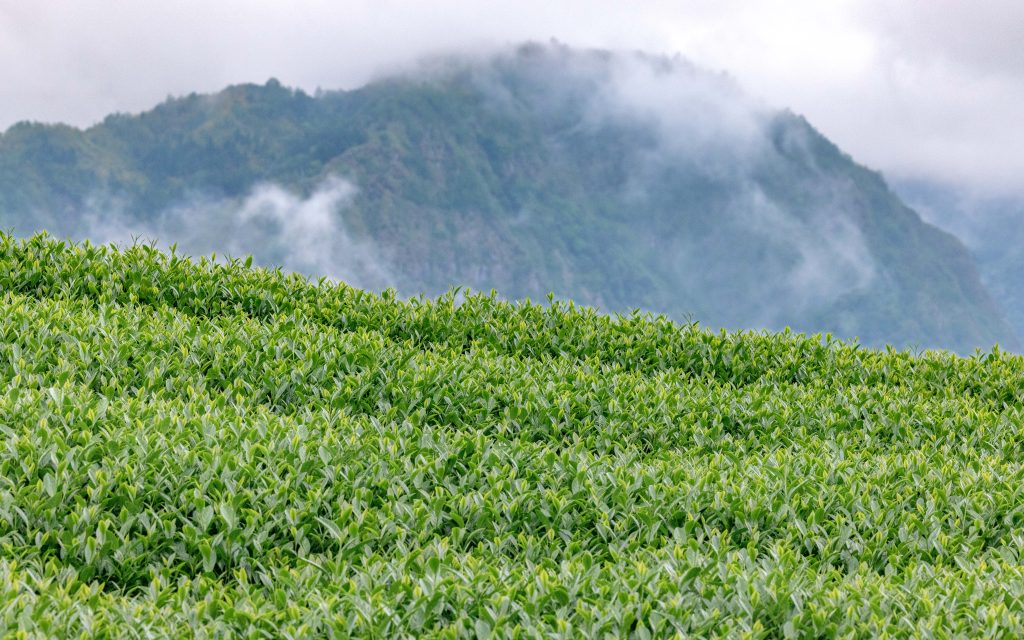$23.00 – $63.00
This year's Winter Shan Lin Xi High Mountain Oolong treats us to more of what we love about Shan Lin Xi, specifically the mountain's top growing area, Long Feng Xia. Considered by many connoisseurs to be a more superior time to make high mountain tea than the more popular springtime, winter is the only other timeframe a proper high mountain oolong can be grown and made in areas at this high of an elevation. Sometimes simply referred to as 冷茶 lěng chá literally "cold tea", the weather that produced this tea during this time can be more than 10°C cooler than the spring harvest time, maximizing the adverse conditions high mountain oolong from Taiwan so famously benefits from. Cooling, thick and rich, herbaceous, addictive yet mellowing, this tea delivers a true 頂級 dǐngjí top tier oolong experience.
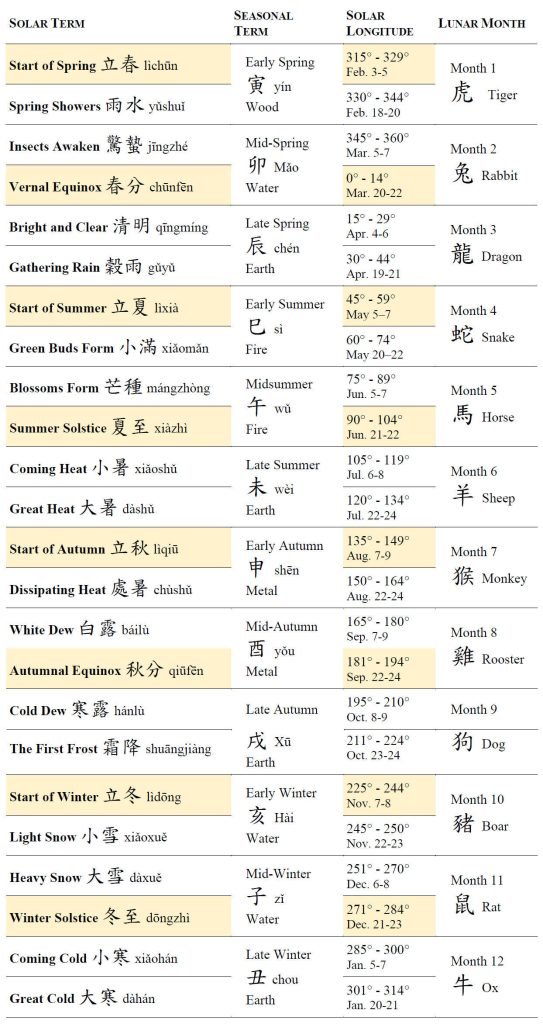
The Chinese solar calendar places their harvests in late autumn “Cold Dew” 寒露 hánlù — and as they typically hit the market right at the start of winter 立冬 lidōng, they are called winter teas.
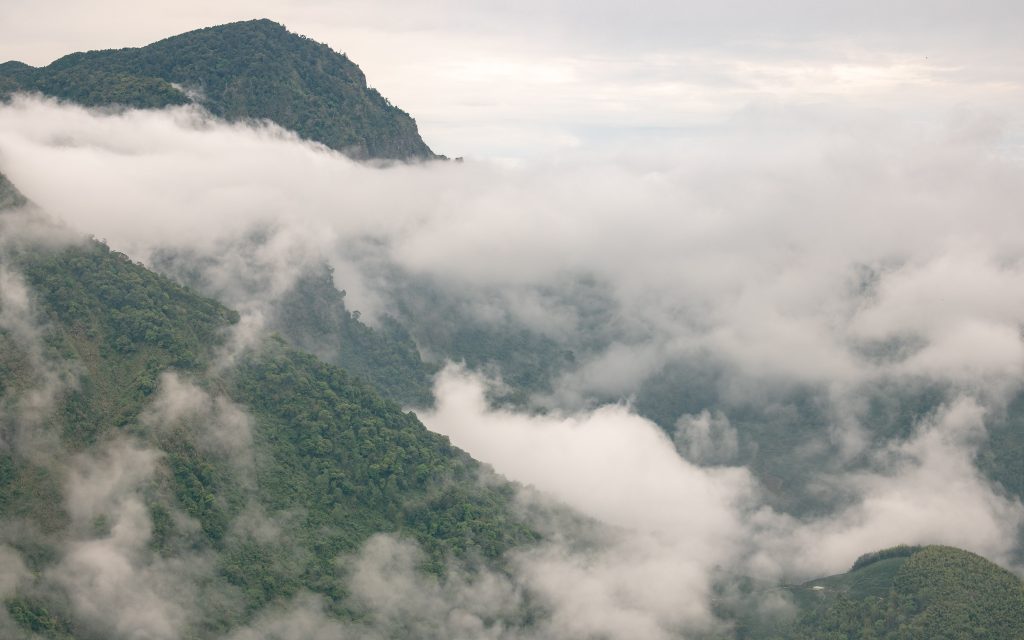
The peak across the gorge called 草坔 Cǎo dì (1900 meters), the only place higher in Shan Lin Xi than the Yungs 17 acre operation (at 1850 meters) where I took this photo
The Yung family was part of the first wave of 5 core families to settle the higher climes of 杉林溪 Shān Lín Xī at a now prestigious area known as 龍鳳峽 Lóng Fèng Xiá (translating to Dragon Phoenix Gorge) in the early 1980s. This area is superbly aspected due to elevation (1850 meters), crosswind activity, and latitude for growing exceptional high mountain oolong. Morning winds push clouds up the gorge to enshroud the highest slopes with a thick cloud cover nearly all day, subduing the growth of the leaves, producing thicker cell-walled, mineral-rich, sweeter leaves with immense resiliency to strong brewing. The nearly perpetual mists attenuate photosynthesis so amino acids like l-theanine are not as readily converted to catechins, making for a dense, mellow, umami soupbroth that won’t give way to bitter flavors with astringent action in the mouth and throat.
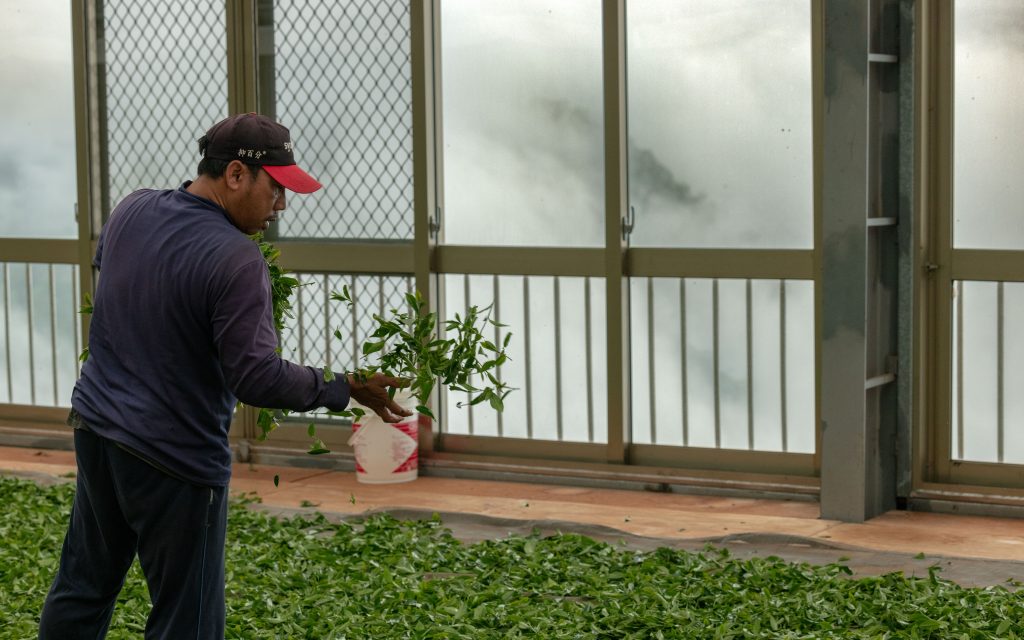
To adequately display and give further life to the optimal conditions bestowed by this environment, highly cultivated tea processing acumen must be practiced. Because of the consistent moisture in the clouds, the most advanced withering and agitation regimens we’ve ever come across are being practiced at the top of Long Feng Xia in Shan Lin Xi. If the excessive moisture isn’t gently shepherded out of the leaves by multiple, specifically-timed steps, the batch will be considered spoiled.
Masters of these techniques, the Yung family allow us the taste the best high mountain teas the greater Shan Lin Xi can produce.
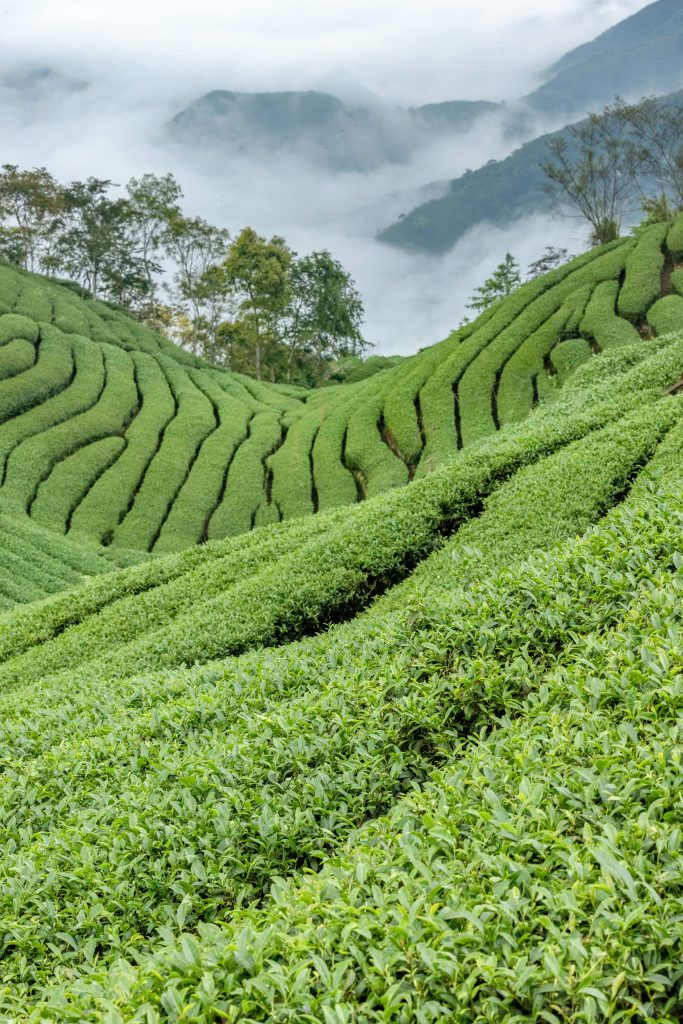
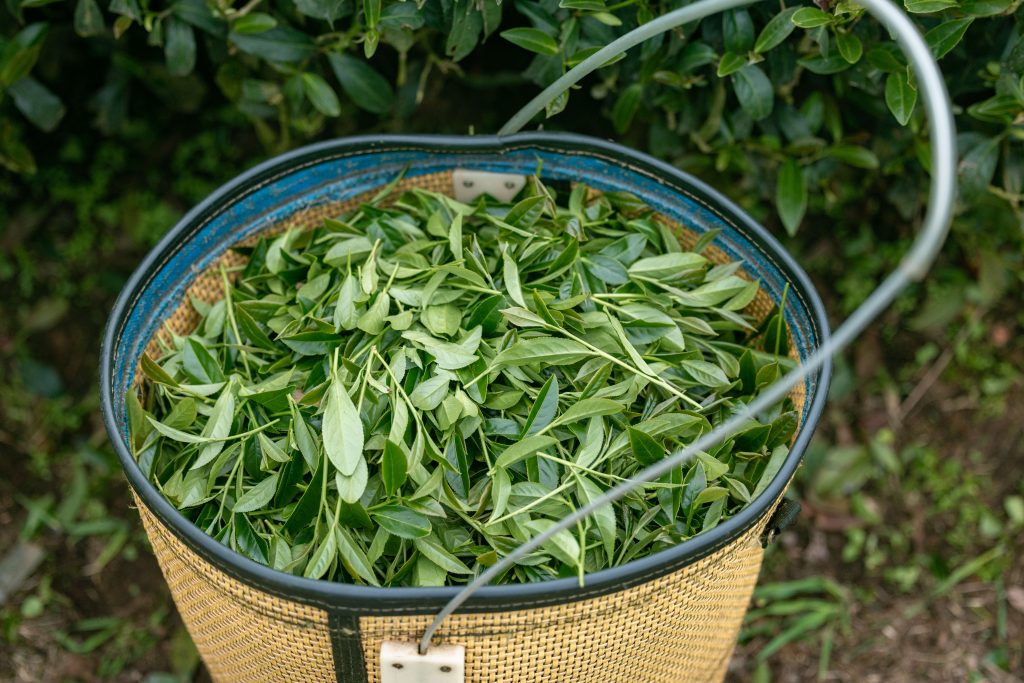
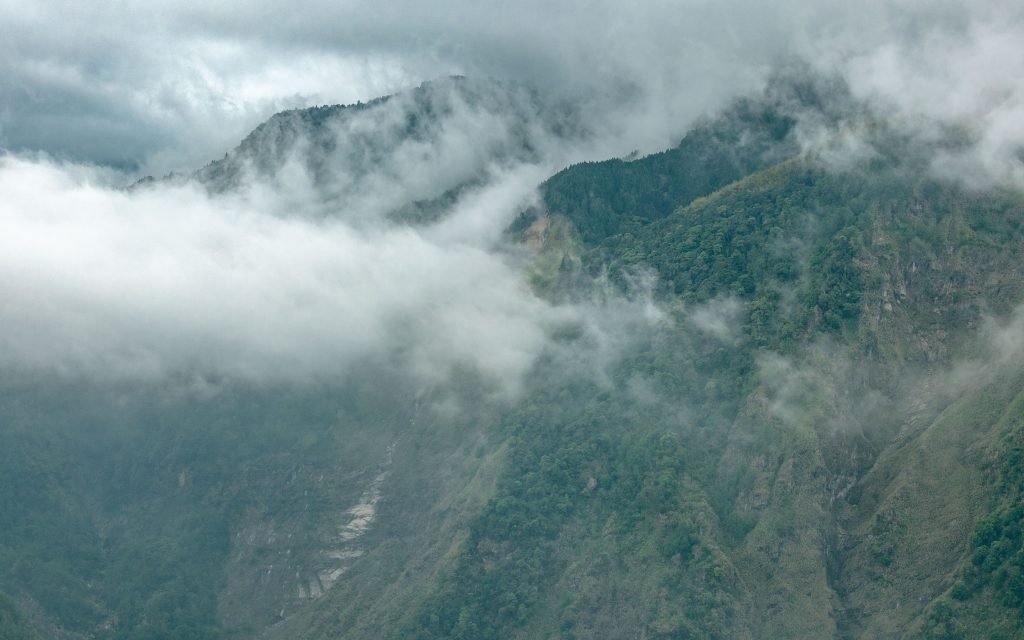
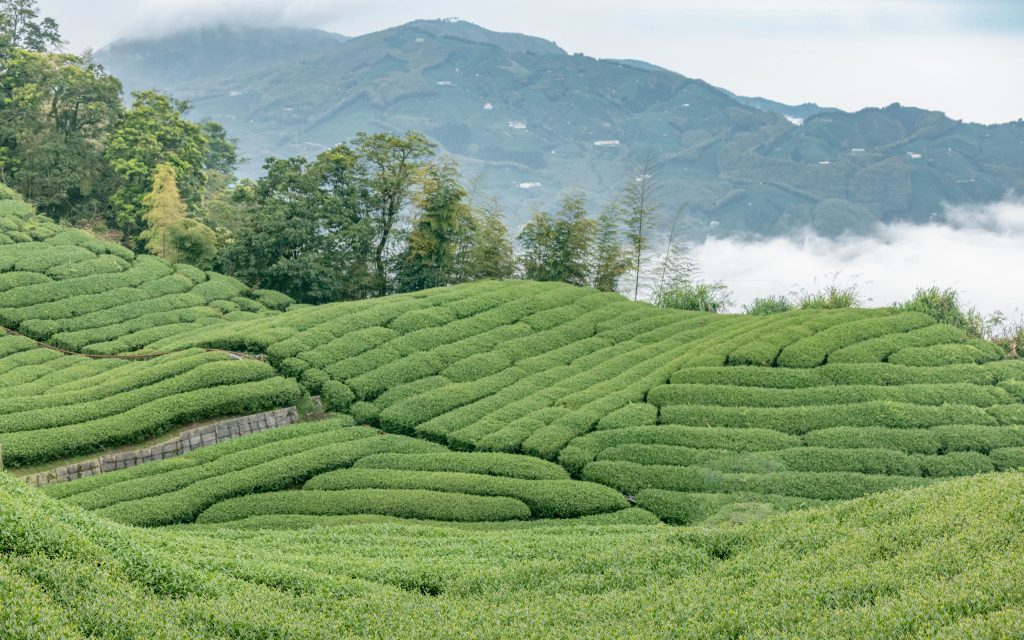
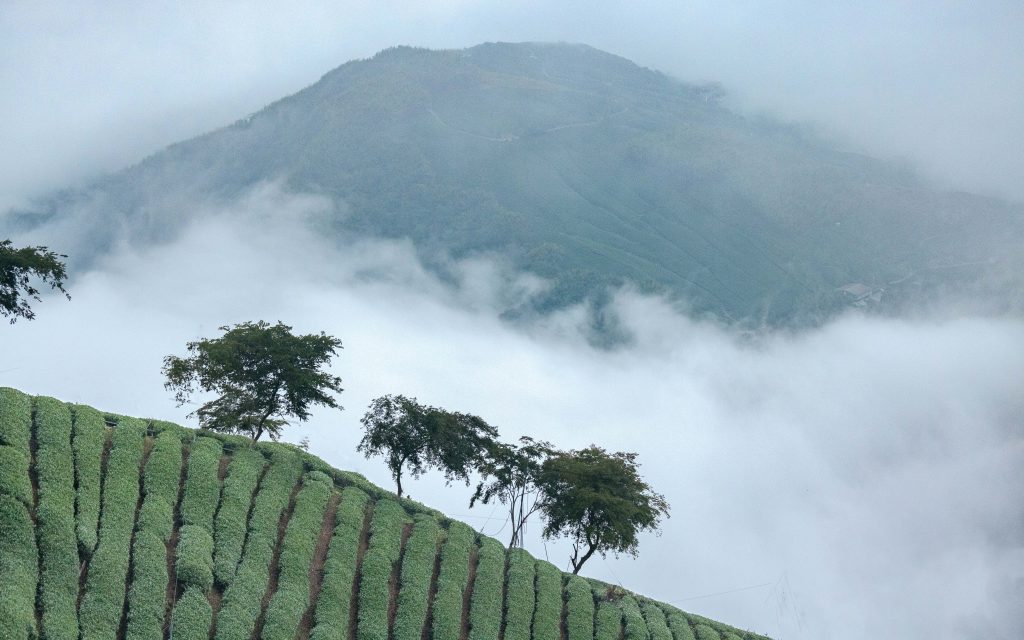
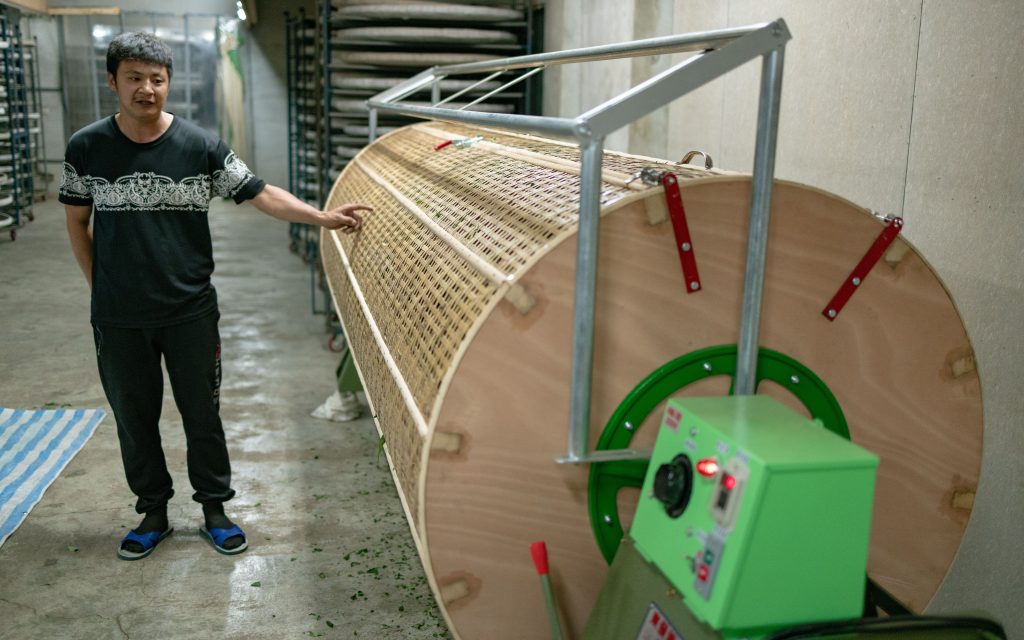
sufficient gentle agitation 浪菁 Làng jīng was an all day affair, and was considered successful when the leaves no longer smelled vegetal, but smelled sweeter and fruitier, like green apple.
